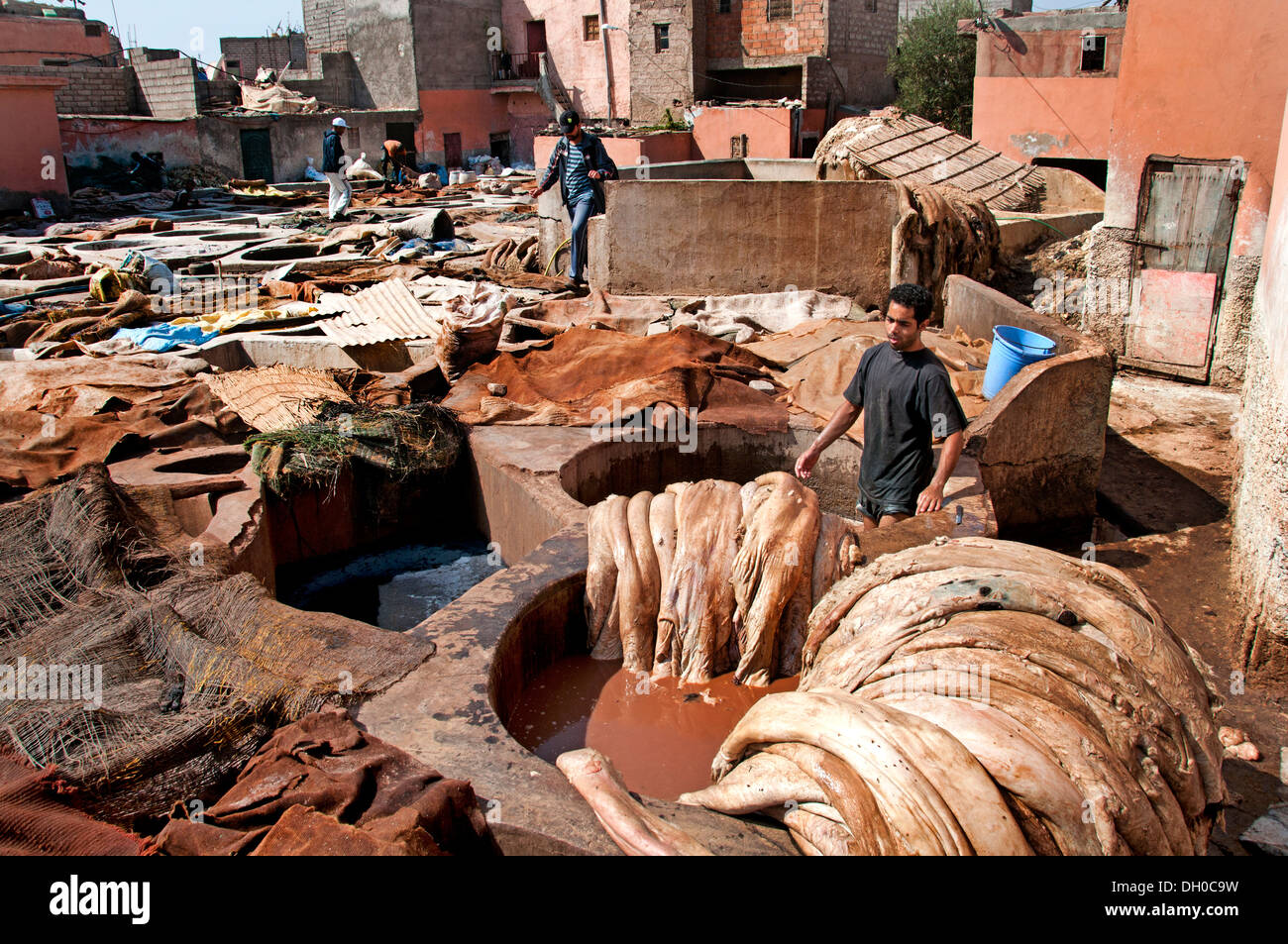

- ACORN TANNIN FOR TANNING HIDES HOW TO
- ACORN TANNIN FOR TANNING HIDES SKIN
- ACORN TANNIN FOR TANNING HIDES PROFESSIONAL
(Soap or detergent is really unnecessary, but if you do use such a cleanser, be sure that all traces of that are rinsed out before you proceed, too.) With the rinsing done, carefully squeeze (never wring!) the excess water from the pelt.Īs an alternative, you can clean skins in your washer (use the delicate cycle, if your machine has one), but there is a possibility that bits of fat and hair will plug up the drain hose. Rather, apply your effort to washing away all the blood left in the skin, since any that’s not removed will leave permanent brown stains in the leather after tanning. Don’t worry about any remaining fat and tissue at this point. Once the butchering duties are finished, thoroughly rinse the hide in more cold water to finish cooling it as quickly as possible.

Let the cased pelt soak in cold water while you finish dressing out the carcass and storing the meat in your refrigerator or freezer. The freshly flayed hide (which is known as a “green” skin) is now cased, or sleeve-pulled, to put the fur on the inside and the flesh on the outside. Use your fingers or a sharp skinning knife to loosen any difficult spots.
ACORN TANNIN FOR TANNING HIDES SKIN
Strip the skin from the carcass by gently pulling downward toward the rabbit’s head (the motion is somewhat like that used when peeling a banana but a bit more force will be required). To perform this task, simply cut the skin around each hind foot and carefully slit (or tear) the hide inside each leg from hock to anus (be careful not to slice into the meat). Thus hung, the animal is then flayed, which is a term referring to the act of removing the hide from the carcass. Butchering a RabbitĪs most breeders are already aware, once a rabbit has been killed and the head removed, it is suspended by one or both back legs to allow the blood to drain. So take heart: If I can tan pelts, so can you. I’m only a homesteader raising some rabbits to help keep my family supplied with meat and extra cash.
ACORN TANNIN FOR TANNING HIDES PROFESSIONAL
You’ll need to practice, practice, practice! However, I’m not a professional furrier. There are no shortcuts to learning this skill.
ACORN TANNIN FOR TANNING HIDES HOW TO
Before I describe in detail how to tan a rabbit hide, bear in mind this important point: No tanning formula is foolproof. The availability, convenient small size, and variable colors, patterns, and textures of rabbit skins make them perfect material for the novice tanner. In fact, you’ll find that your biggest investments in the craft will be your time and energy. You may be surprised to learn, though, that home tanning costs very little and requires a minimum of equipment. You probably know that tanning (which is also called tawing or pickling) is the process of converting a raw hide into leather, thus making the skin more pliable, more durable, and more resistant to water, wear, and decay. In fact, it’s a source of both pride and great satisfaction, since it enables me to create beautiful, useful fur articles from skins that would otherwise have been discarded. I’ve discovered that small pelt tanning isn’t time-consuming, difficult, or expensive.

However, unlike most small-scale breeders (who consign their animals’ pelts to compost piles), I also save the hides, tan them, and use the fur to make beautiful hand-sewn items. Like many modern homesteaders, I keep rabbits for meat.


 0 kommentar(er)
0 kommentar(er)
